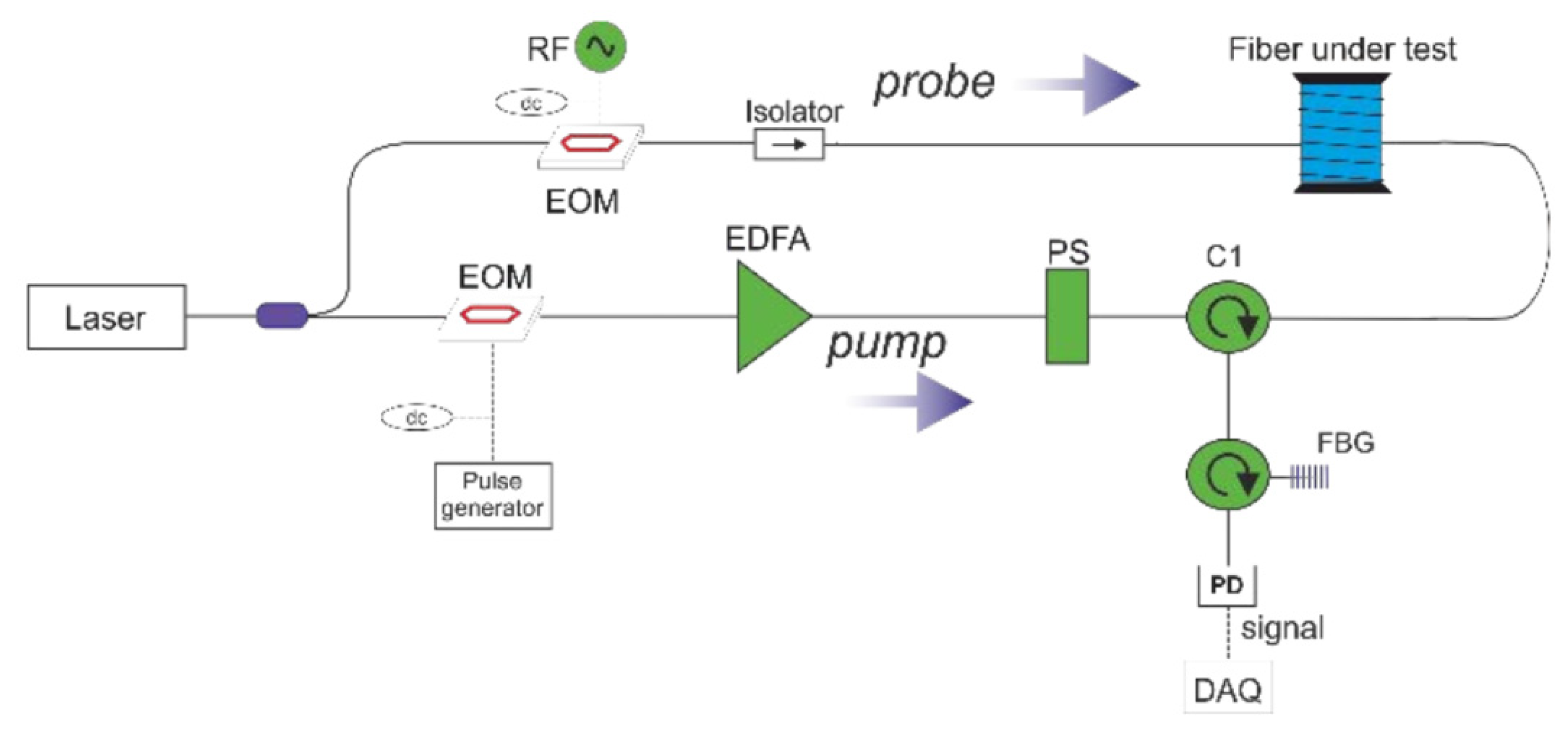The Advancements Of Civil Engineering In Fiber Optic Sensors For Infrastructure Monitoring

Are you interested in the latest advancements in fiber-optic sensors? Interested to know how these devices work and how they can be used in various industries and applications? Look no further than the following article, which will detail recent progress in fiber-optic sensors and their use.
Introduction to Fiber Optic Sensors
Fiber-optic sensors have become increasingly popular in recent years as a means of measuring physical and chemical properties. These devices work by transmitting light through an optical fiber, which is then reflected back to a sensor located at the other end of the fiber. Depending on the property being measured, the reflected light may change in intensity or wavelength, allowing for accurate measurements to be made in real-time.
The Advantages of Fiber Optic Sensors
One of the main advantages of fiber-optic sensors is their ability to be used in harsh environments. Because the sensor itself is located at a distance from the object being measured, it is protected from extreme temperatures, pressures, and other environmental factors that could damage it. This makes them ideal for use in a variety of industries, including oil and gas, aerospace, and automotive.
Another advantage of fiber-optic sensors is their high sensitivity. Because they work by measuring changes in light, even minor changes in the physical or chemical properties of a material can be detected and measured. This makes them ideal for use in applications where accuracy is crucial, such as medical testing and environmental monitoring.
The Applications of Fiber Optic Sensors
Fiber-optic sensors have a wide range of applications across a variety of industries. Some of the most common applications include:
- Structural monitoring of buildings and bridges
- Monitoring of pipelines for leaks and other defects
- Temperature and pressure monitoring in oil and gas wells
- Monitoring of air and water quality
- Medical testing and analysis
FAQ
What is the maximum distance that a fiber-optic sensor can measure?
The maximum distance that a fiber-optic sensor can measure depends on a number of factors, such as the type of fiber used, the power of the light source, and the sensitivity of the sensor. Generally speaking, fiber-optic sensors can be used to measure distances up to several kilometers.
What are some of the limitations of fiber-optic sensors?
One potential limitation of fiber-optic sensors is their cost. Because they use advanced technology and require specialized components, they can be more expensive than other types of sensors. Additionally, they may require more maintenance and calibration than other sensors.
What are some of the future developments in fiber-optic sensor technology?
Researchers are continually working to improve the sensitivity and accuracy of fiber-optic sensors, as well as to develop new applications for them. One area of particular interest is the development of sensors that can be implanted in the body for medical monitoring and treatment.
Conclusion
Fiber-optic sensors are an exciting and rapidly growing technology that have the potential to revolutionize many industries and applications. Their high sensitivity, resistance to environmental factors, and wide range of possible applications make them an ideal choice for a variety of measurement and monitoring needs. As research in this area continues to progress, we can expect to see even more innovative and beneficial uses for fiber-optic sensors in the years to come.
So, whether you are in the medical field, an engineer, or simply interested in the latest technologies, be sure to keep an eye on the exciting advancements being made in fiber-optic sensors!


Post a Comment for "The Advancements Of Civil Engineering In Fiber Optic Sensors For Infrastructure Monitoring"